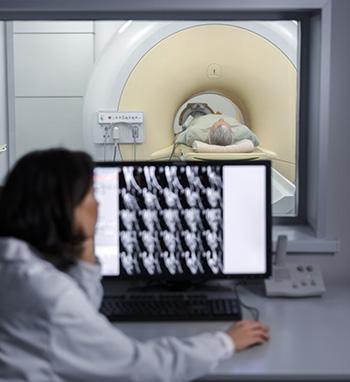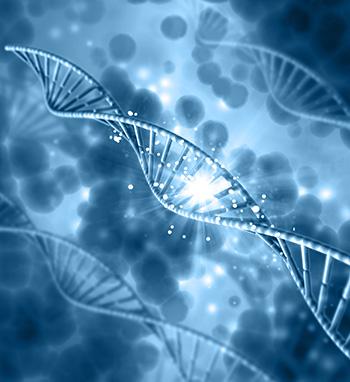
Only a third of the world's population has access to PET imaging and all of its capabilities. In addition, 200 molecules could be of clinical interest, yet only a few of them are currently used.
With iMiGiNE, "personalized molecular imaging becomes a reality".
PET Imaging
Positron-emission tomography (PET) is a nuclear imaging technique used to observe metabolic or molecular activity of an organ. PET systems can be used to make a diagnosis in the fields of oncology, neurology and cardiology and to monitor the progression of the disease while the patient receives treatment. The combination of PET/CT or PET/MRI provides essential information by giving a complete three-dimensional view of a part of the body and the location of the cancer within it.

Today, limited access to specific molecules...
The radiopharmaceuticals currently used in PET imaging are generally produced and distributed by private centers using expensive process. These centers produce radioactive atoms in large cyclotrons and synthesize them with tracers of clinical interest, before testing and injecting them. Nowadays, various financial, logistical and technical constraints are at the origin of the limited supply of radiotracers, which has direct consequences on the care provided to patients.
iMiGiNE represents an alternative to these major constraints, by relocating the production of radiopharmaceuticals close to patients and by offering more specific radiopharmaceuticals in order to better characterize the disease, precisely monitor its progress and determine the efficacy of the selected treatment plan.

